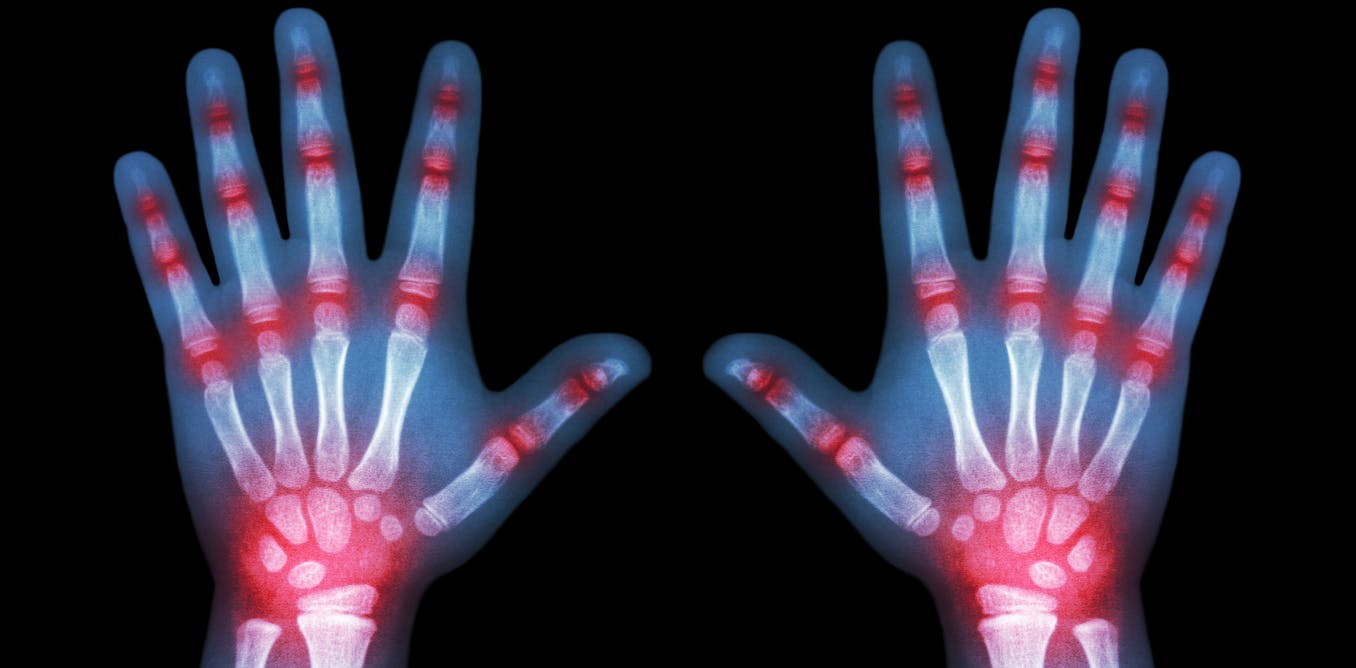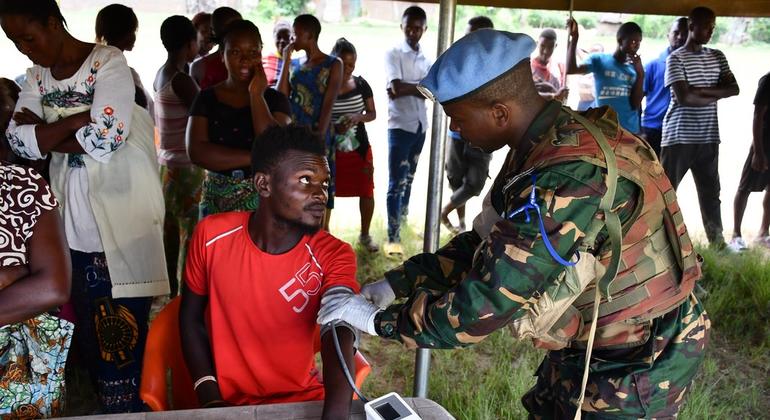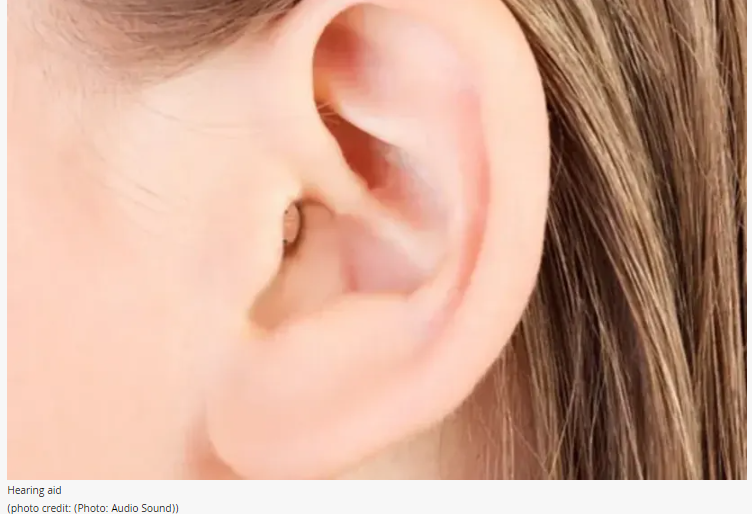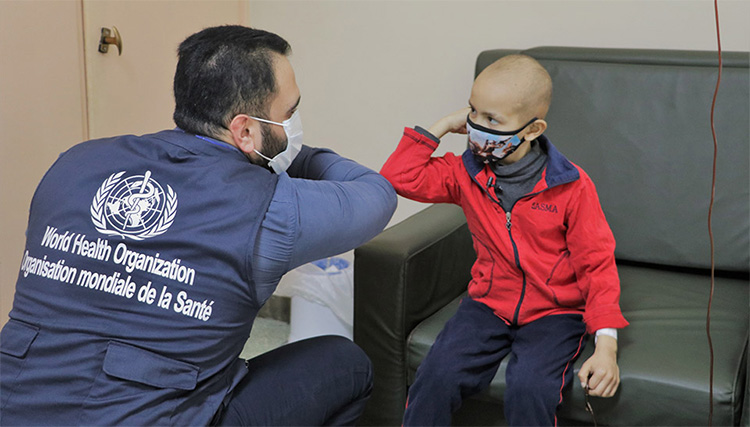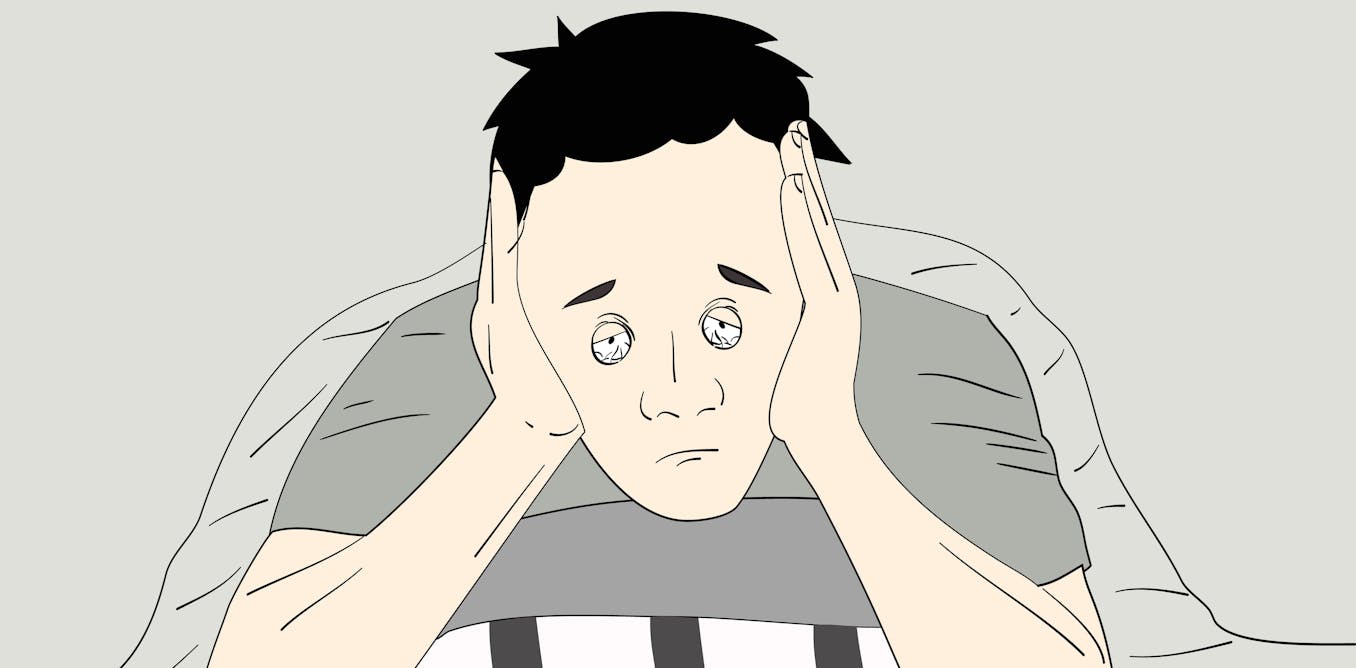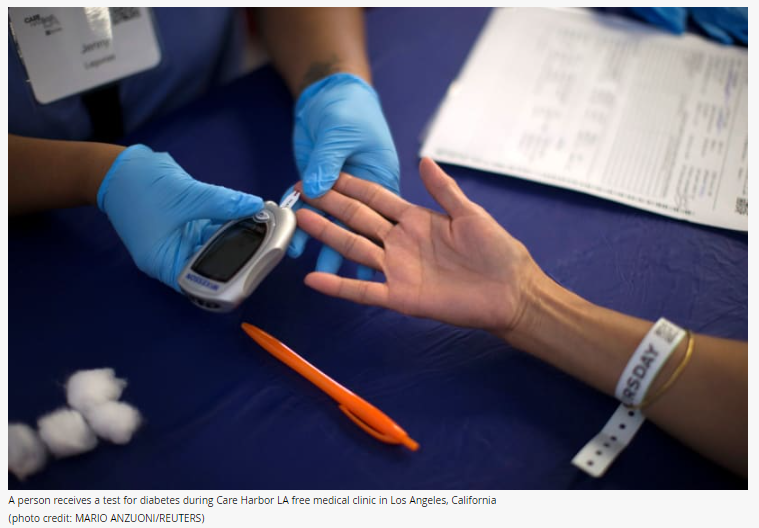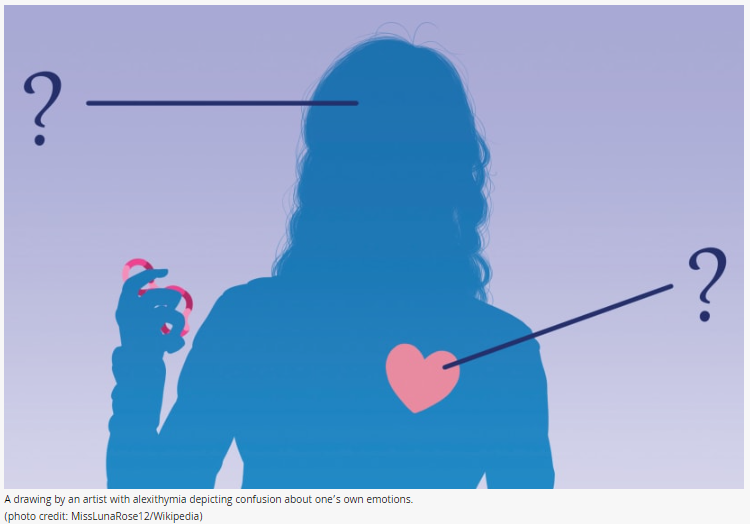Children get arthitis too, with life-changing effects – but exercise can help
Arthritis is usually associated with older people but kids can suffer too. Juvenile idiopathic arthritis (JIA) is the most common type of arthritis in children. It affects about about 1 in 1,000 kids under 16 in the UK (roughly 15,000 children), and causes joint pain and inflammation in the hands, knees, ankles, elbows and wrists […]
Continue Reading